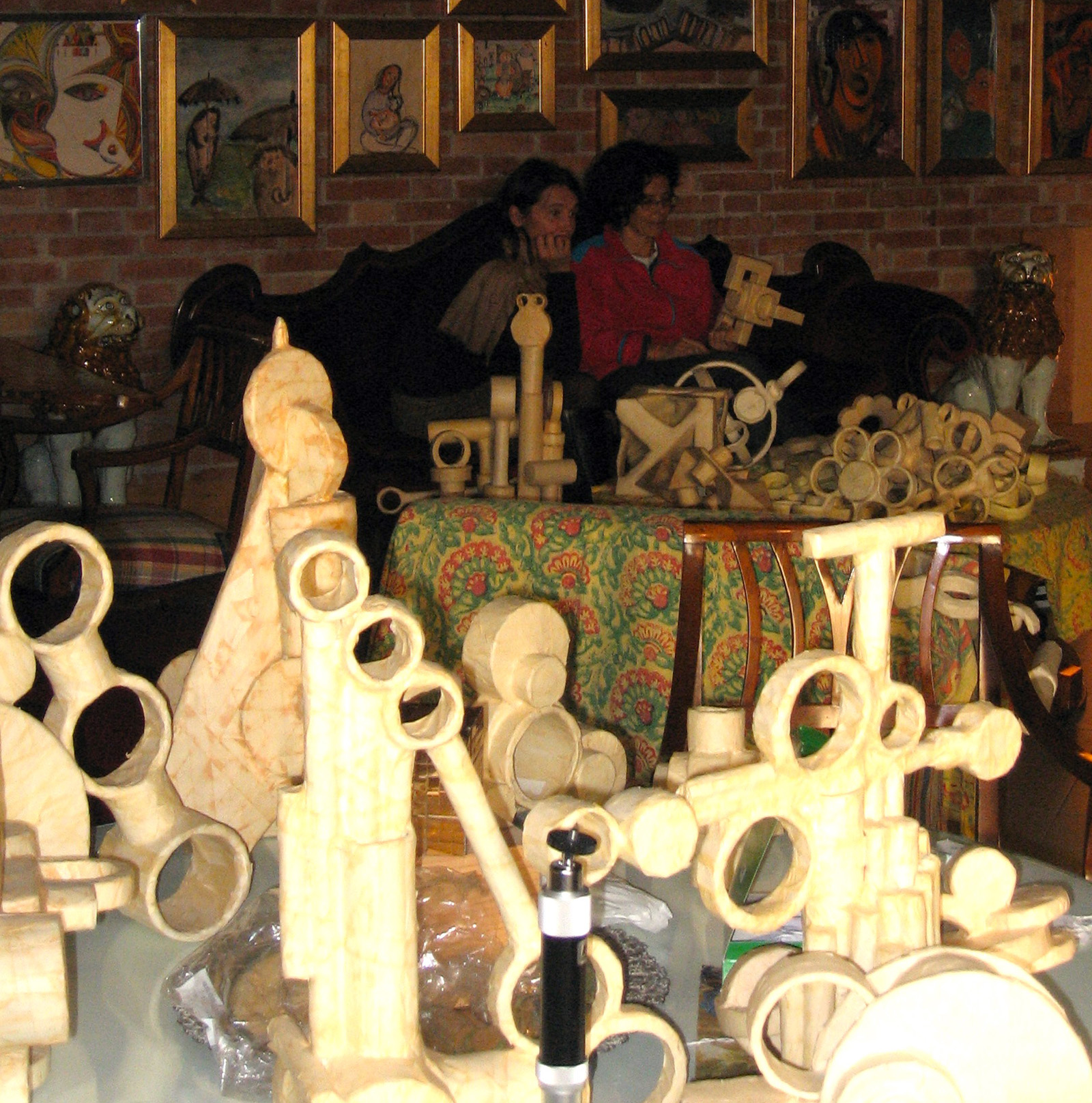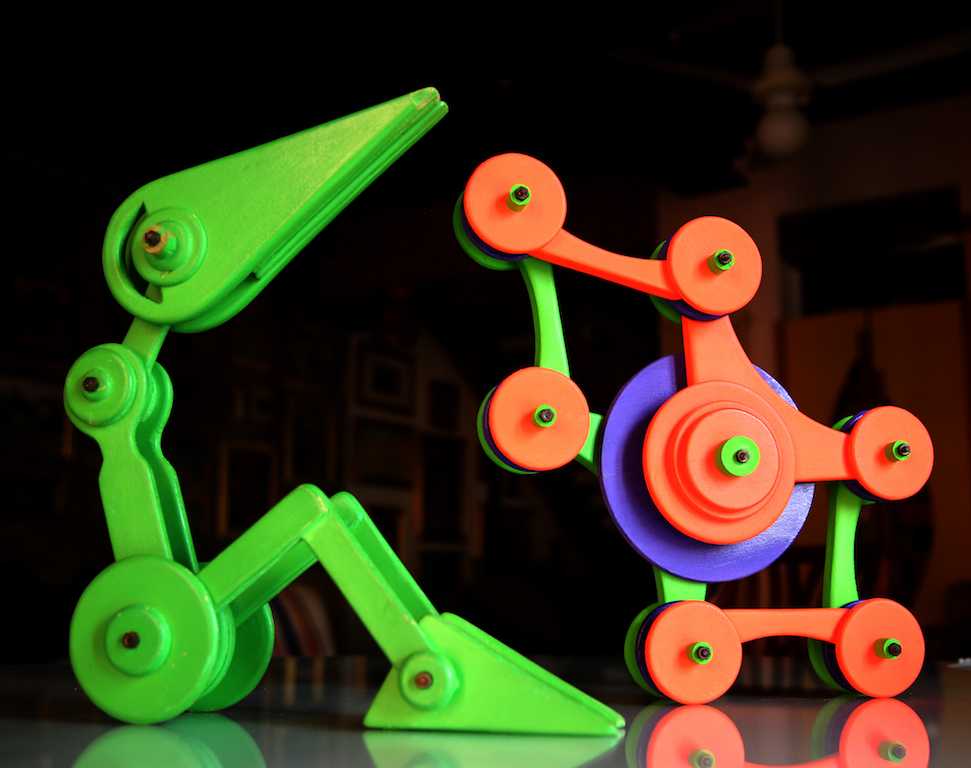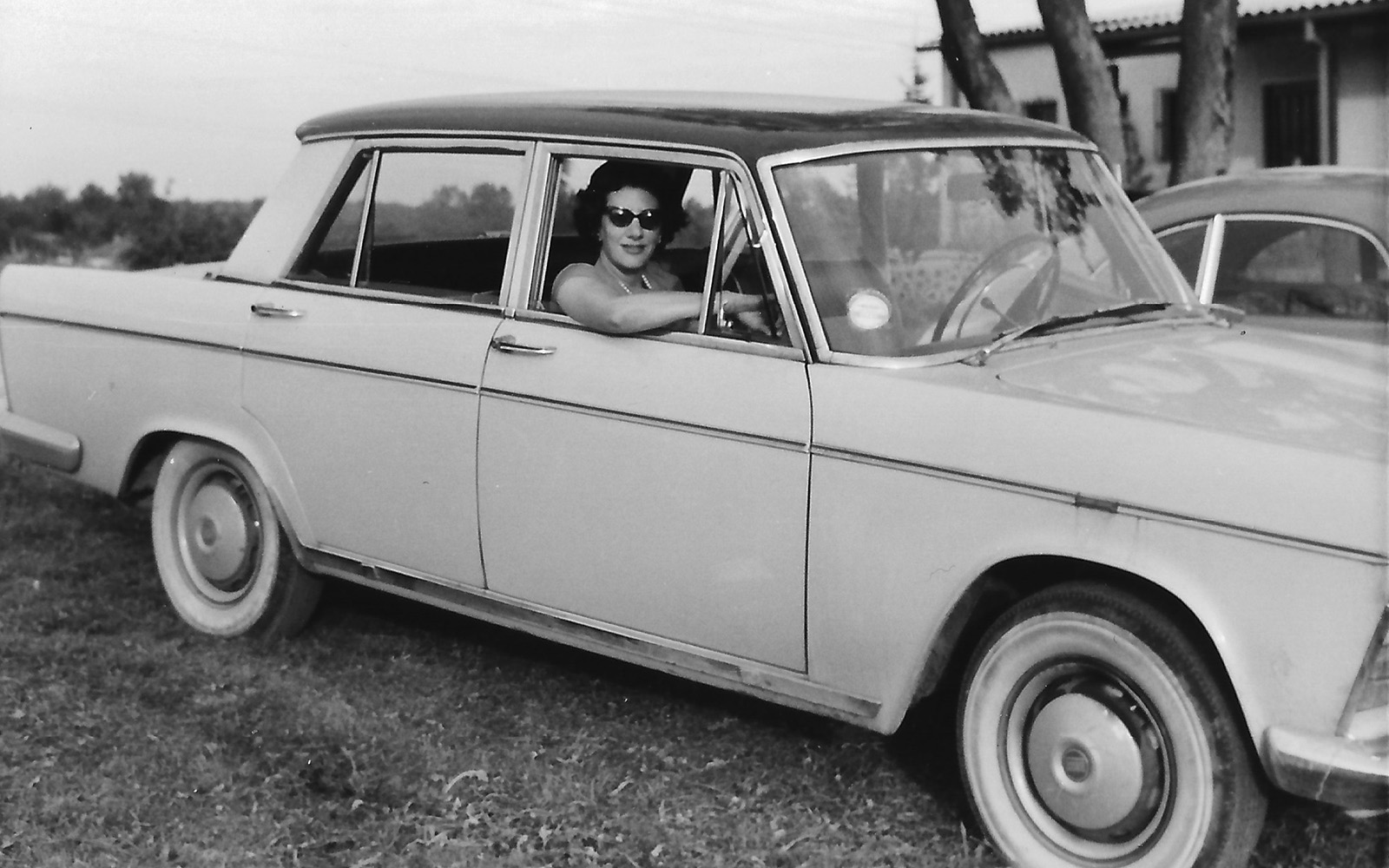My Elena

I never met Elena, and it is one of those emotions that I regret not having experienced. My relationship with her began by chance. A few months after she had passed away, I was politely asked for my opinion (as if I were Federico Zeri!) on the “little paper works” and “little wood works” she made at home.
This did not sound promising. Despite my usual curiosity and hunger for beauty, I was wary of making a visit to Elena’s house. I thought I would be faced with the usual emotional void-filling activities that many housewives take refuge in as a way of coping with empty-nest syndrome or an absent-minded husband.
I was worried because I was not even well-acquainted with the person who invited me to Elena’s home, so I had absolutely no idea what to expect. But the person who had asked me was nice to me and was a friend of a dear friend. In short, I kept procrastinating the visit, waiting for the right moment to be prepared for the worst.
The day I arrived at the address given to me I was impressed because it was one of the most beautiful places in Venice. That alone surprised me but then everything took a turn that… I had never, ever dreamed of experiencing.
Behind the entrance door – a banal wooden diaphragm – was another world. Everything was perfect. Everything was alive and unique. The rooms, the light, the colours, the ratios and proportions of all the furnishings; it was a modern home, but strangely proportioned and the only door I saw was the entrance door itself, the others could not be defined as doors but as ingenious spatial separators, which, like theatre wings, intersect and interact to divide the rooms, they were self-sufficient works of art in their own right.
From there on, and for the duration of the visit, my face took on the expression of an idiot, or rather of a beaten boxer: whatever I turned my gaze to heightened my excitement and was a blow to my bitchy self-righteousness…
I never expected that from that moment on my stomach would start cramping… my eyes moistened, and the typical Stendhal’s syndrome languor would take hold of me. Everything, fortunately, became complex.
Nothing was trivial, but neither was it normal, nor was it beautiful… it was much, much more and I cannot use the term “wonderful” because it would be trivial. I would say perfect.
Perfection lies in the balance between function and creativity. When an object becomes a subject. I was surrounded by subjects, Elena was everywhere, in her kitchen with a hundred drawers and no oven, in her partitions that were more mental than physical, in her corner desk between two of the most striking windows in all of Venice. In short, I hadn’t even got to see the “little paper works” and “little wood works” and I was already bowled over!
It is difficult to explain what I saw.
Today ‘the Subjects’ have been catalogued and stored in a systematic and orderly manner, but at that time they were the masters of the house and were alive and omnipresent like a colony of hundreds, if not thousands, of cats.
When I arrived on the first floor, I reacted like a goldfish: my mouth open and my eyes gaping. On the stairs I had seen a series of very interesting oil and tempera paintings, but this was only the prelude to the great binge of happiness and amazement that greeted me as soon as I had reached the top of the stairs. Heaps of incredible works of genius made with the most varied materials. Paper, adhesive tape, egg cartons, ribbons, wood… and much more… which, passing through Elena’s hands, came to life and gave strength and form to a concept… Never banal, never the same, never seen before. Hundreds of friendly presences that formed the diary of a life, notes of a never-ending journey of inner research, a need to speak “with the hands” equal to Dante’s tale in terms of depth and eloquence.
The subjects that flowed from Elena’s hands took on a life of their own, and went on to form a single continuous thought full of facets and questions to which the next creation attempted to give an answer.
And then another question and then another series of answers… and so on… 50 years 8 hours a day… thousands of forms, notes, visual and visible – but above all – TANGIBLE thoughts!
Hand cut and hand-drilled wood seems to be the material destined for the most elaborate concepts, those most related to the need for a solution to the initial question. “The Squaring of the Circle”, perhaps the most emblematic sculpture of this journey, also provides a solution… a solution that appears to be simple, as only the giants of art know how to do.
Touching these objects was a privilege. Each one of them, as we listened to it, spoke of the hours and hours its creator devoted to it, until she found its self-sufficiency if not perfection. The wooden toys, the big and small warriors, the fantastic animals… hundreds and hundreds of works flowing from her hands as if the source had an inexhaustible energy and the short span of a lifetime to bring them to life. I did not know Elena, I do not know the colour of her hair, I do not know her voice, not even her smile, was she tall? Was she petite? I don’t know, I don’t care. I had the opportunity to be able to “live” her through the cataloguing of her works and to be able to share her with my children (the real cataloguers). Plus Elena left me a friend, her daughter Annamaria.
Elena is a giant of her time and I consider her to be on a par with those who have simply been more fortunate in who they met and the opportunities they had to make themselves known to a large public. I hope that, in time, she can also gain a wider audience.
Thank you, Elena.
Paola Baldari


